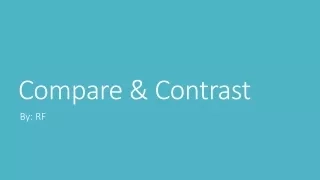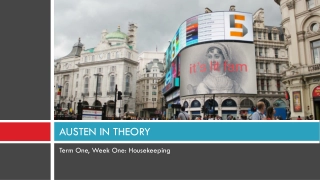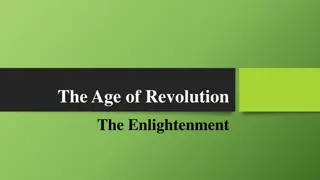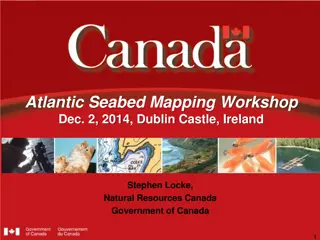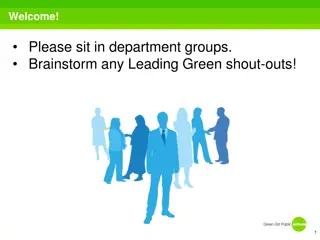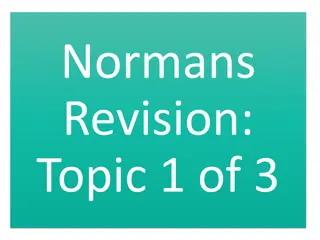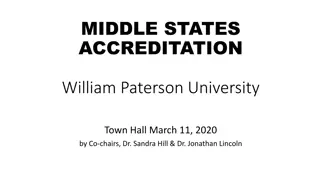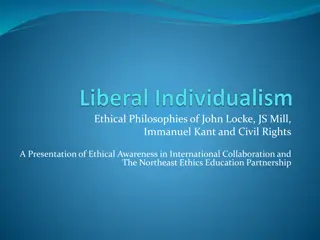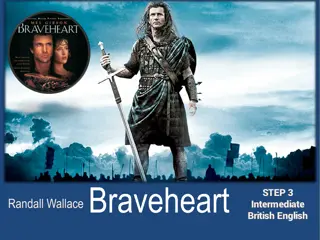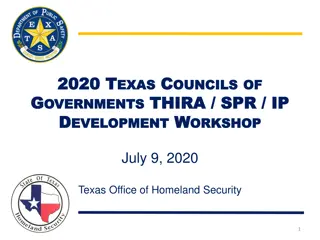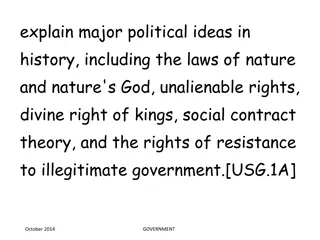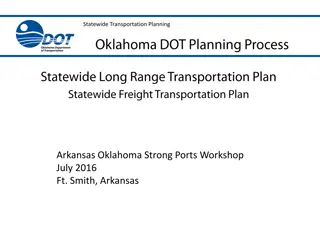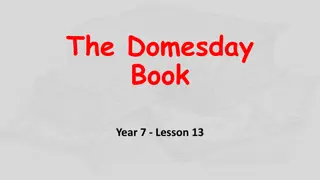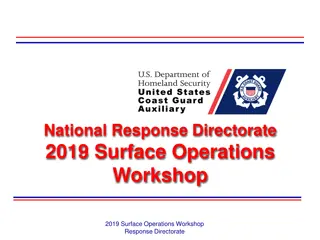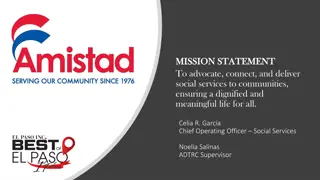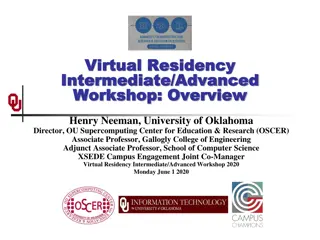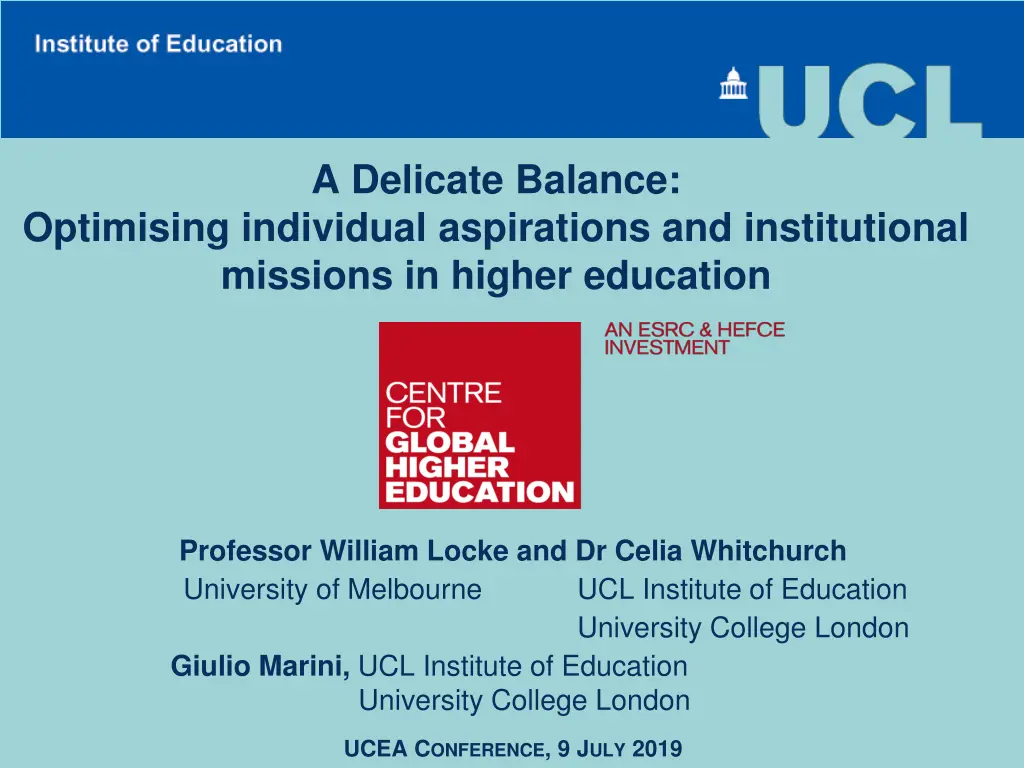
Balancing Academic Roles and Identities in Higher Education
Delve into the complexities of diversifying academic roles and identities in higher education, exploring the implications for individuals and institutions globally. Discover how tensions between individual aspirations and institutional missions are managed in optimal ways, along with insights from case studies and research questions.
Download Presentation

Please find below an Image/Link to download the presentation.
The content on the website is provided AS IS for your information and personal use only. It may not be sold, licensed, or shared on other websites without obtaining consent from the author. If you encounter any issues during the download, it is possible that the publisher has removed the file from their server.
You are allowed to download the files provided on this website for personal or commercial use, subject to the condition that they are used lawfully. All files are the property of their respective owners.
The content on the website is provided AS IS for your information and personal use only. It may not be sold, licensed, or shared on other websites without obtaining consent from the author.
E N D
Presentation Transcript
A Delicate Balance: Optimising individual aspirations and institutional missions in higher education Professor William Locke and Dr Celia Whitchurch University of Melbourne Giulio Marini, UCL Institute of Education University College London UCL Institute of Education University College London UCEA CONFERENCE, 9 JULY 2019
Research Questions 1. In what ways are academic roles and identities diversifying? What are the implications for individuals and institutions, locally and globally? What tensions and/or synergies arise from this diversification, for instance between individual aspirations and institutional missions, structures and processes? How are such tensions being managed and resolved in optimal ways for individuals and institutions? 2. 3. 4.
Eight university case studies By Nation: England Scotland Wales Northern Ireland 5 1 1 1 By Mission Group: Russell Group: Other Research intensive: Post-92 HEIs (teaching intensive): Post-2004 (former college sector) 1 3 2 2
Progress to date First phase: Interviews in 8 UK HEI case studies with 8 individuals in each (Autumn/Winter 2017/18) 69 completed interviews (i.e. 5 extra interviews) 16 senior managers (ie on SMT) 49 rank-and-file academic staff (3 Third Space and 1 librarian discounted) Second phase: Surveys of subset of HEIs (Spring/summer 2019) [Third phase: Interviews (Autumn 2019-Spring 2020) - returning to as many of the original interviewees as possible]
Progress to date Working Paper 43:The future higher education workforce in locally and globally engaged higher education institutions: a review of literature on the topic of the academic workforce (Marini, Locke and Whitchurch 2019) Working Paper 45: A delicate balance: optimising individual aspirations and institutional missions in higher education (Whitchurch, Locke and Marini 2019) [Available at: https://www.researchcghe.org/publications/]
General findings Younger staff more proactive in managing their careers/less reliant on formal career structures, often with help of local managers such as HODs Hidden activity, outwith: eg job descriptions and workload models, such as pastoral care, online programmes, research by T-onlys and vice versa Practice may influence policy, eg mentoring, flexible work modes, teaching innovations Delicate balance between institutional policy, local interpretation and day-to-day practice, eg achieving both equity and the flexibility to play to individual strengths Policies designed for majority, but exceptions may represent a substantial minority
Findings: Categorisation of approaches to academic roles and careers Mainstream (28%) (individuals lay emphasis on formal structures and timelines, focusing on activities deemed to be most valuable) Portfolio (39%) (individuals cumulatively gather academic and associated experience, internal and external, with the aim of optimising future opportunities in higher education and adjacent fields) Niche (33%)(individuals prioritise personal values, interests and strengths in carrying out their roles, often with an emphasis on service to students and the community)
Categorisation of approaches to academic roles and careers issues arising Different approaches may be adopted by individuals at different times and in different circumstances of their lives and careers Shift from Mainstream (28%) to Portfolio (39%) and Niche (33%) approaches Whether to spread activity or focus effort? Younger generations may see academia as not necessarily so dissimilar from other professional roles Erosion of collective sense of homogeneous profession?
Variables: Type of institution Type of institution Pre-1992 Russell Pre-1992 Main- stream 6 (43%) Portfolio Niche Total nos 8 (42%) 5 (31%) 19 5 (36%) 5 (26%) 2 (13%) 12 Post-1992 3 (21%) 4 (21%) 5 (31%) 12 Post-2004 0 (0%) 2 (11%) 4 (25%) 6 14 (100%) 19 (100%) 16 (100%) 49
Variables: Gender Main- stream Portfolio Niche Total nos Male 7 (50%) 6 (32%) 4 (25%) 17 Female 7 (50%) 13 (68%) 12 (75%) 32 14 (100%) 19 (100%) 16 (100%) 49 NB there were twice as many women (32) as men (17) in the study of rank-and-file academics
Variables: Discipline Niche Total nos Main- stream Portfolio Science 6 (43%) 8 (42%) 7 (44%) 21 Social sciences 3 (21%) 9 (47%) 7 (44%) 19 Humanities 5 (36%) 2 (11%) 2 (12%) 9 14 (100%) 19 (100%) 16 (100%) 49
Variables: Level of seniority Main- stream 1 (7%) Portfolio Niche Research/teac hing fellow 4 (21%) 3 (19%) Lecturer 6 (43%) 3 (16%) 9 (56%) Senior lecturer/reader 5 (36%) 8 (42%) 4 (25%) Professor 2 (14%) 4 (21%) 0 (0%) 14 (100%) 19 (100%) 16 (100%)
The survey % of head-count of academic personnel, atypical excluded (2017/8 HESA) Status/response levels Type of University 36.59% Post-92 225 23.09% Post-92 Pre-92 non-Russell Group Russell Group Pre-92 non-Russell Group 142 23.09% 142 45 7.32% Declined - Agreed but not yet circulated Deferred for time being Deferred for time being - Post-2004 Russell Group - - Russell Group
Discussion Do you recognise any of these categories or behaviours in your institution? What might this mean for individuals, and would this differ between genders and disciplines? What implications might these trends have for policy and practice in an institution? Would this differ by type of institution? How do we achieve this delicate balance of optimising individual aspirations and institutional missions in higher education?

